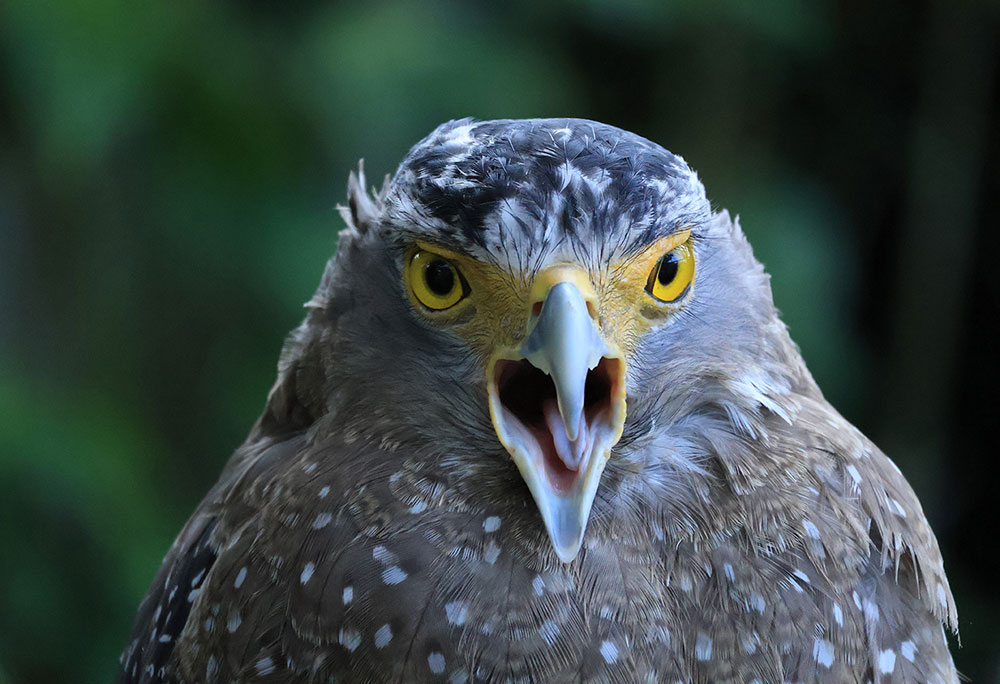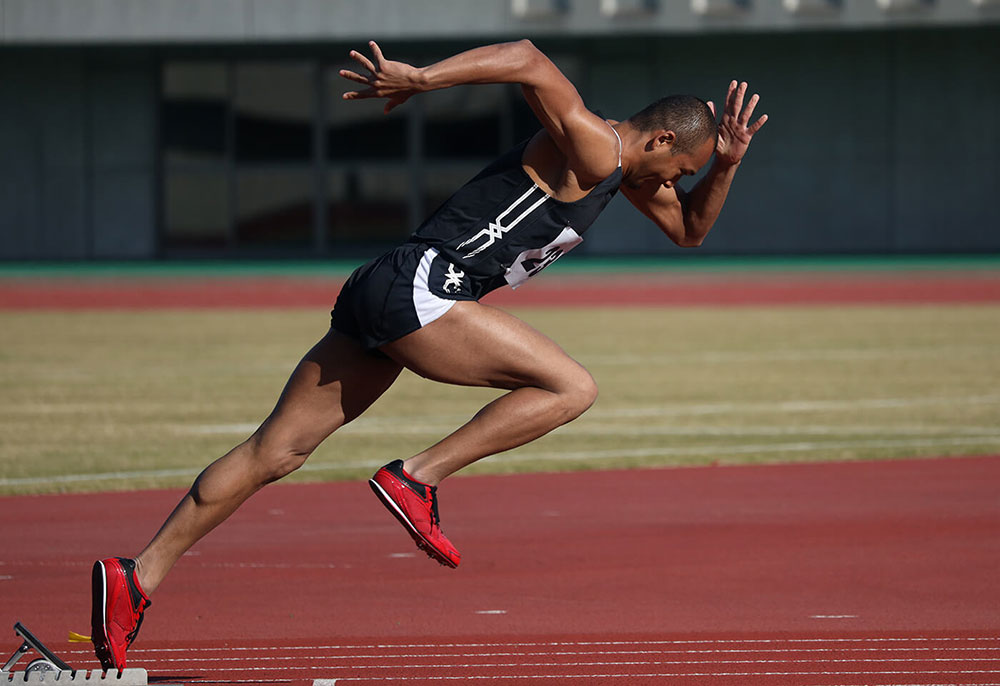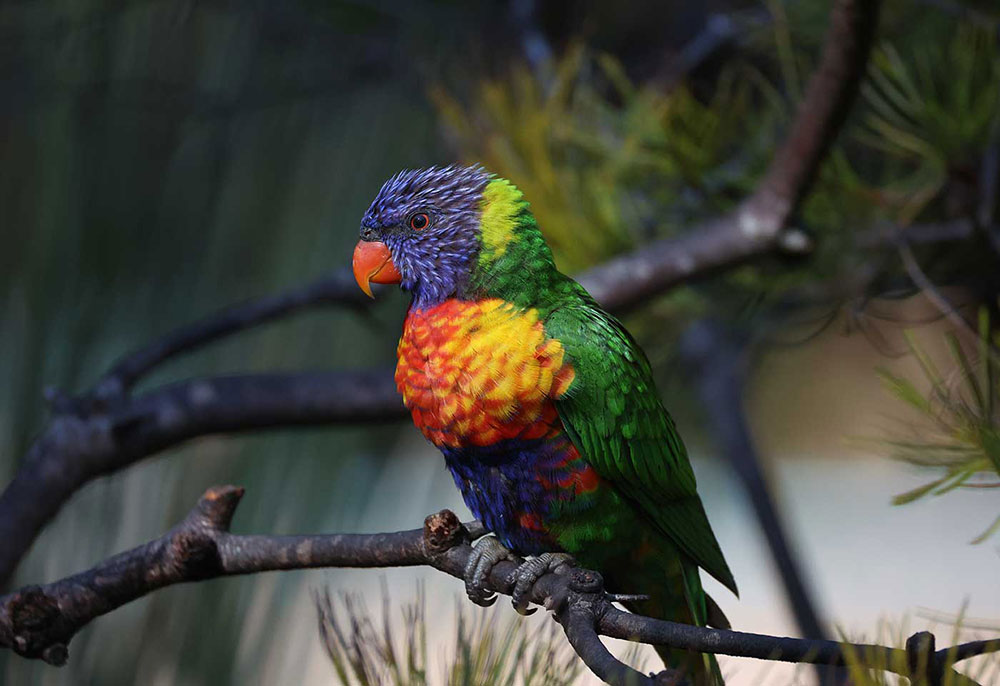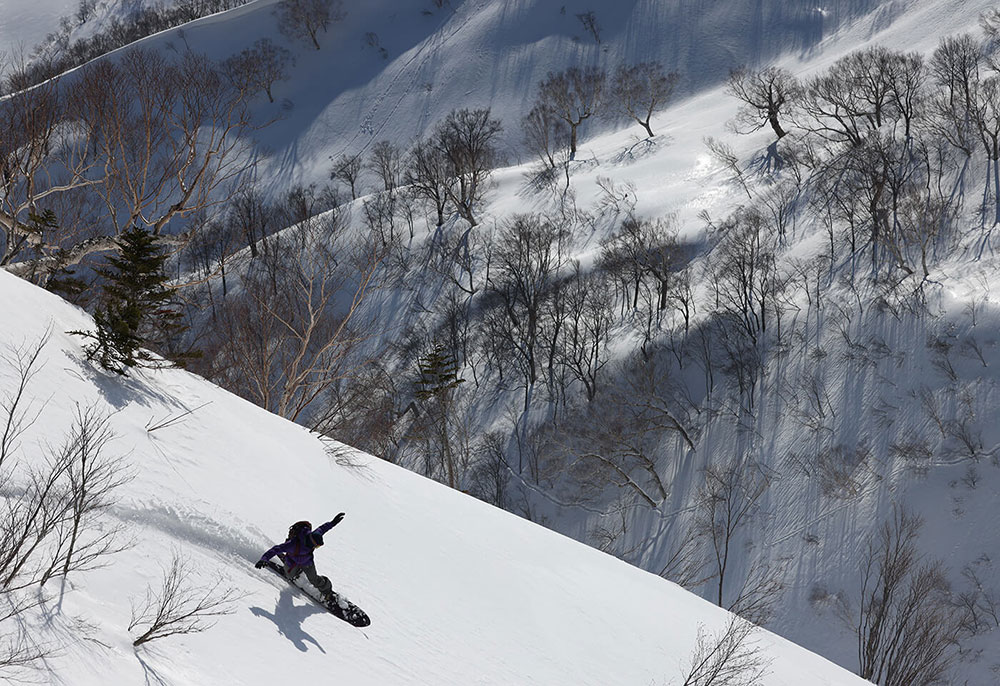- Choosing the right lens for sports and wildlife photography
-

Choosing the right for sports and wildlife photography can feel overwhelming, especially with so many options available. Whether you're aiming to capture fast-paced action or distant wildlife, it's essential to consider factors like focal length, autofocus speed, and aperture. Here are some key tips to help you find the perfect lens for your needs.
When capturing wildlife and sports photography from a distance, the first consideration is focal length. Wildlife and sports photography often require similar lens choices because the subjects are typically far away and move at high speeds.
Selecting the right focal length is crucial because it directly impacts your ability to capture distant subjects with clarity and detail. Telephoto lenses are commonly used in sports and wildlife photography because they allow photographers to maintain a safe distance while still framing their subjects tightly, making it easier to capture fast action and intimate moments in nature without disturbing the scene.
Longer focal lengths allow you to capture stunning details of subjects such as animals in their natural habitat or athletes in action, without needing to approach closely. Lenses in the 200mm to 600mm range are often preferred for wildlife, while 70mm to 300mm lenses work well for sports.
Fast and accurate autofocus is critical when photographing at long distances with high magnification. Fast-moving subjects, like athletes or race cars, can quickly exit your frame. Utilising advanced autofocus technologies, such as phase detection and tracking systems, increases your chances of capturing those fleeting moments. There will be times when getting close to your subject isn't possible, and the right lens allows you to maintain a safe distance while still achieving exceptional shots.
In both wildlife and sports photography, wide apertures are invaluable. They enable faster shutter speeds, allowing you to freeze action and minimise the effects of camera shake. This capability is especially important in fast-paced environments, where every fraction of a second counts. Lenses with apertures of f/2.8 or f/4 are particularly beneficial for capturing sharp, dynamic images in challenging lighting conditions.

Try this 55-210m lens designed specifically to work with an APS-C camera like the EOS R10 or EOS R50. A compact and lightweight offering for those who don’t want to be weighed down. This lens also provides a useful range for wildlife and sports and its image stabilizer reduces camera shake for a more stable and focused image.

Weighing in at just 930g, this prime telephoto lens is compact and lightweight for its features. With it’s large 600mm focal length, the lens offers to ability to shoot closer to your subject from a distance. The RF 600 f/11 IS STM is also equipped with a powerful 5-stop image stabilizer to enable hand-held shooting and a fast autofocus system to capture without missing a desired moment.

Shoot more with this diverse 200mm-800mm zoom range, allowing for both closeups and long shot expressions as subjects move. A nano USM also allows for smooth and accurate tracking, while the compatibility to the RF 1.4x and RF 2x extenders allows for a reach of up to 1600mm in zoom. Shoot at comfort without having to carry around multiple lenses whilst capturing sharp telephoto images.

Long lenses will get you really close to the action and photograph things in an impactful way. These factors are essential for capturing breathtaking images of fast-moving subjects, whether you're on the sidelines of a sporting event or immersed in the wild. By selecting the appropriate lens, you can elevate your photography and create stunning visual stories that resonate with your audience.

Weighing in at jut 507g, this telephoto lens comes in at a budget price point and in an extremely portable design. With it’s versatile 75-300mm focal length (100-480mm on APS-C cameras like the EOS R50 and R100) this lens offers users the ability to get closer to their subjects without the bulk.
Practice by photographing your local footy team in the park or wildlife in your garden and remember, the easiest way to change your photography and get a fresh approach is to change your lens.
Check out more wildlife photography tips and inspiration on our blog.
Phil Hillyard has captured countless iconic sports moments across 30 seasons of AFL. We go behind the scenes with the Sydney Swans at the Sydney Cricket Ground for a game of Friday night footy.

Tight on time? Check out this 21 second explanation.

Canon Photographer Greg Sullavan shares his pro tips on photographing birds in action, with recommended cameras, lenses, settings and techniques.